OTHER ACCESSORIES
a) Passport
You cannot enter the Inca Trail without first getting your passport details checked and verified with your permit at the Km.82 checkpoint. Also, you need your passport to enter Machu Picchu. Photocopies are not a suitable substitute for the original and the passport also has to be the same one you used to book the Inca Trail tour. No passport, no Inca Trail. So yeah, don’t forget your passport.
b) Insurance
You should have trekking and travel insurance for the Inca Trail. Remember to write down your policy number and ideally carry a copy of your policy on you. If something does go wrong the trek you will want to contact your insurance company immediately. We recommend World Nomads.
c) Trekking Towel (optional)
A medium lightweight trekking towel to dry your hair, face and hands after a rainy days trekking. There is an option to have a shower on day three, so a towel comes in use. If you decide to take a shower you might want to bring flip flops, thongs or lightweight sandals for hygiene reasons and a swimsuit (see below)
d) Small Umbrella (optional)
A small, foldable umbrella like those used by commuters in big cities can actually prove pretty useful as a stop gap between putting on full rain gear when light drizzles appear (these are common during the rainy season of October-March)
e) Sweat Resistant Suncream
Don’t just get any sunscreen. You are trekking to high altitude where the sun intensity is high, so you will need a high SPF (greater than 30). You will also be exerting yourself so a sunscreen that is sweat resistant is important. Speak to any athlete and they will confirm that the best sweat resistant suncream is P20. Make sure to bring sun protection lip cream as well.
f) Insect Repellant
A basic insect repellant is important. Make sure to get a reliable brand that has a high Deet content – greater than 90% (Repel make a great product). Cusco and Machu Picchu are considered low risk malaria zones (see map adjacent) but you can never be too careful, and the flies in Aguas Calientes are large and irritating!
g) Wet Wipes
Great for cleaning your hands and face, and wiping down your body after a long days trekking. We also recommend bringing a small antiseptic hand-gel for dousing your hands before meals
h) Dry Plastic Bags
Bring a few large, medium and small plastic bags that you can use to source separate your wet and dry gear. Use zip-lock bags for your small gear like your wallet, money, camera, passport etc
i) Blister Plasters
Trekking up to 4-5 hours a day can result in painful and debilitating blisters. Treat blisters early and take immediate measures to reduce friction. When applying a plaster, make sure you remove excess moisture from the blistered area and use a good blister plaster like those from Leukotape P. or Compeed. It’s a wives tail that duct tape works well. In fact duct tape is not breathable and hence the skin saturates under the tape and the blister worsens
j) General Meds
Your tour company will be carrying an emergency first aid kit and oxygen, but it’s a good idea to bring some of the essentials with you (and to have these with you when backpacking in South America more generally). We recommend:
- 1 x box of blister plasters (tip: don’t wait until blister has fully appeared to apply plaster)
- 1 x antiseptic cream
- 1 x pack of paracetamol
- 1 x pack of diarrhoea tablets (trust us, you don’t want diahorroea on the trail)
- 1 x pack of rehydration sachet
- Also bring any personal medication you will require and keep it in your daypack.
Coca leaves and coca tea should be available on the Trail from your tour company, but if you’re worried about altitude sickness on the hike or in Peru, read this post.Take Paracetamol for headaches (a common early symptom of altitude sickness) and Imodium. Your guide should be carrying a basic first aid kit, but you may want to carry some lightweight basics that are available in these outdoor kits
k) Snacks
Take 2-3 x energy bars for each day on the trail, so 10-15 in total. Don’t take milk based snacks as these melt. Nuts are also a good snacking food for the trail, just don’t get salty ones as these lead to dehydration
l) Toiletries
Toiletries are the one area where it’s really easy to overpack for the Inca Trail, thereby adding a lot of bulk and unnecessary weight on your shoulders. From our experience on the Trail and various other multi-day group hikes, we think people can be classed into two groups when it comes to ‘hiking hygiene’:
- Those who will take a cold shower rather than being a little smelly.
- Those who will take being a lot smelly over taking a cold shower.
With that in mind, the essential toiletries for the Inca Trail are:
- 1 x toothbrush (use these bamboo ones) + toothpaste (have recently made the switch to toothpaste tabs, better for the environment and perfect for camping without a good water supply)
- 1 x cleanser ( took micellar water) and reusable bamboo pads.
- 1 x quality sun cream
- 1 x deodrant
- 1 x lip balm (be sure to get one with sunscreen)
- 1 x roll of toilet paper / pack of tissues
- 1 x travel hand-sanitiser
- 1 x bug-spray. We use and recommend Incognito which is non-toxic, not tested on animals and, most importantly, actually works very well.
Storing your toiletries in a separate case or old plastic bag is a good idea. Note that baby wipes / wet wipes are a popular option on hikes like this, but they are riddled with plastic and therefore massively unsustainable (i.e. if you discard one in nature it’s going to be hanging around for a very long time). An excellent alternative product are these biodegradable wipes, designed for cleaning dirty bodies. It isn’t a bad idea to bring your travel towel with you too ( use this one by Lifeventure), especially if you fall in to camp. One roll of toilet paper per trekker is a must (remove the cardboard roll to save space) and all your other toiletry basics (toothbrush, toothpaste, small travel soap)
m) Cash
Bring cash in US dollars ($5 per day per porter and $20 per day per guide – average tips for 4 day trek = $100 per trekker) for tips and Soles (in coins and small notes) for small purchases, access to toilets at Machu Picchu etc.
n) Cameras
The scenery along the Inca Trail and at Machu Picchu is extraordinary. Bring a decent camera to capture the experience. Here are some good digital SLR cameras, or if you want to go super light and capture awesome videos we recommend the GoPro. Remember to make sure your camera equipment is fully charged as there are no charging points along the trail, or bring a spare battery and SD Card for safety. If you want you can bring one of these backpack solar chargers
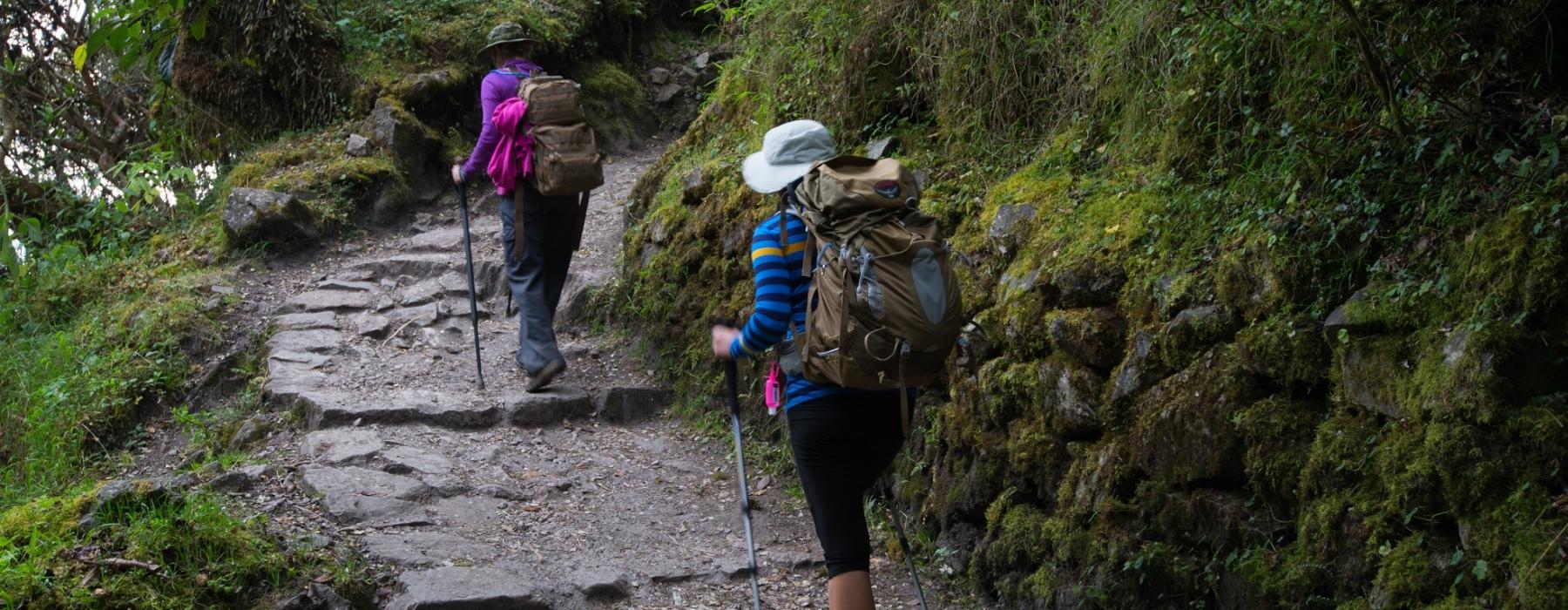
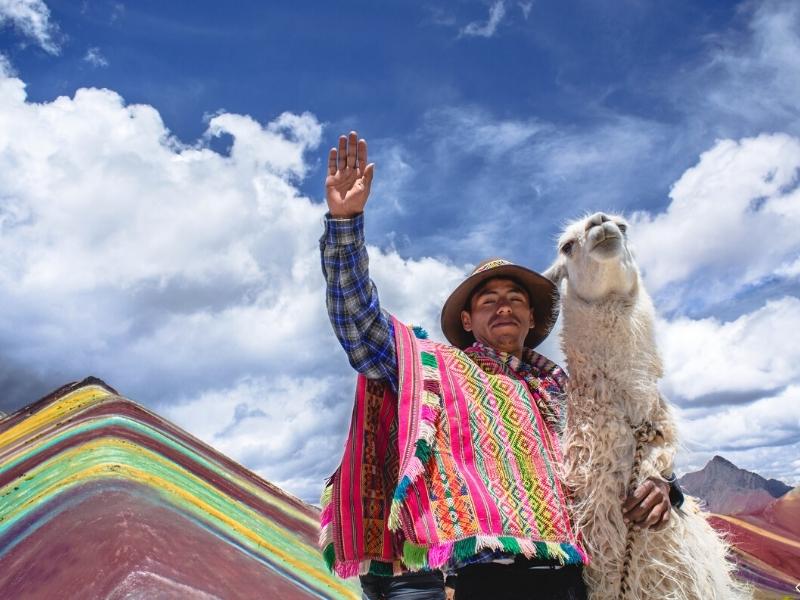

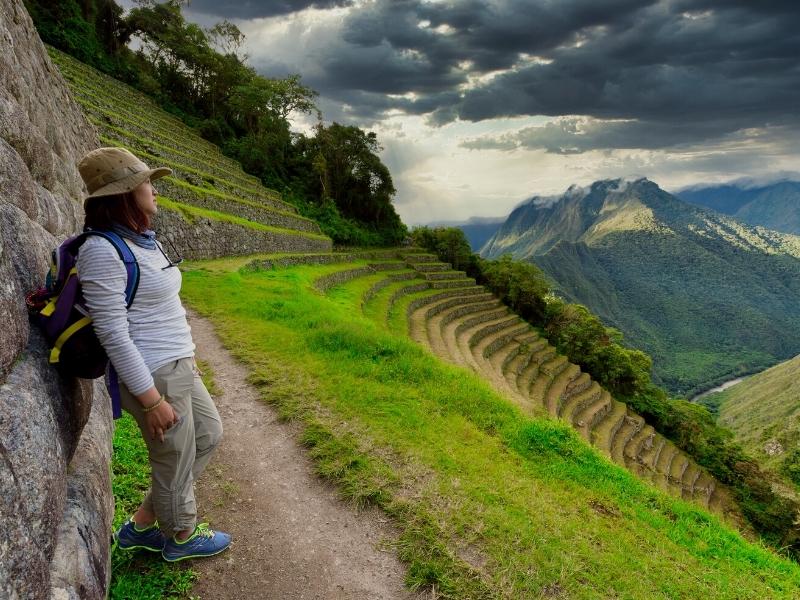
 LOCALLY INSPIRED, DELICIOUS FLAVOURS
LOCALLY INSPIRED, DELICIOUS FLAVOURS
 OUR PASSIONATE TOUR GUIDES
OUR PASSIONATE TOUR GUIDES
 YOUR SAFETY OUR PRIORITY
YOUR SAFETY OUR PRIORITY
 ENVIRONMENTAL SENSITIVITY
ENVIRONMENTAL SENSITIVITY
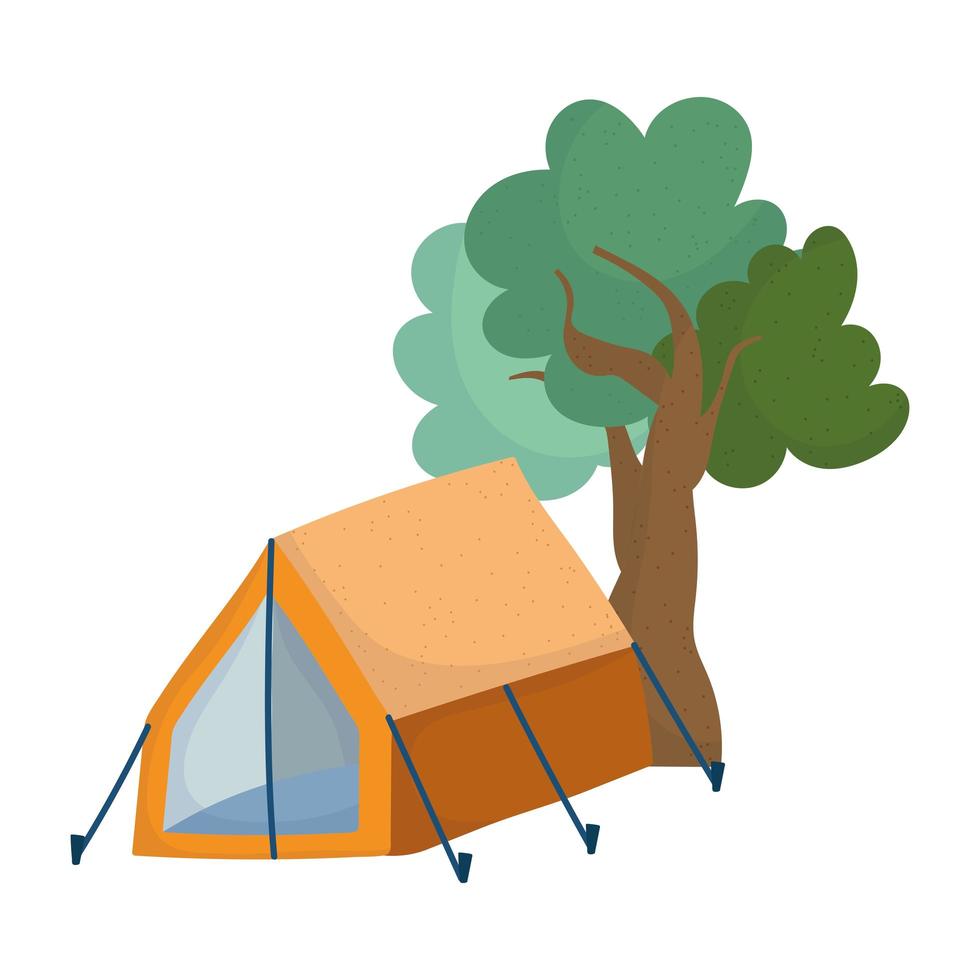 CAMPING EQUIPMENT
CAMPING EQUIPMENT
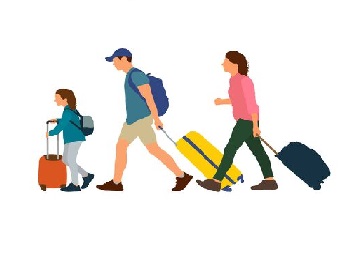 SMALL GROUPS & BIG ADVENTURES
SMALL GROUPS & BIG ADVENTURES